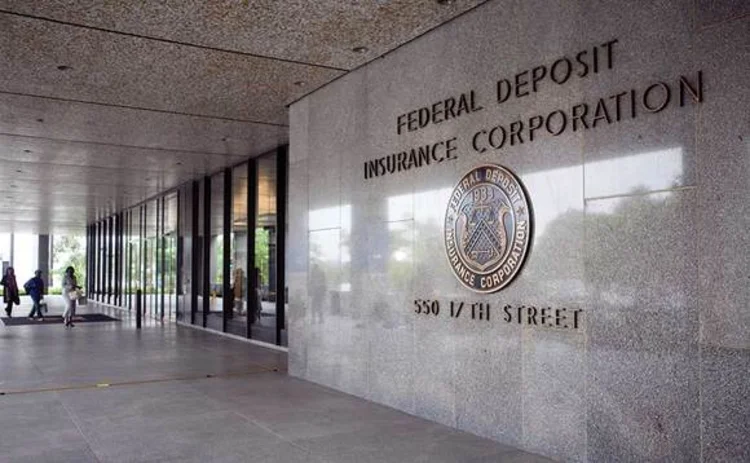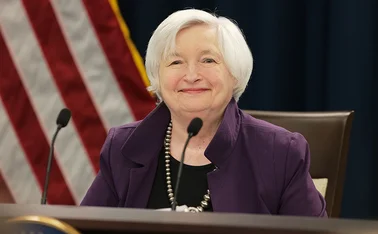
FDIC chair promises stricter rules for mid-sized banks
Gruenberg says regional banks will need better resolution plans and more long-term debt

A senior regulator says the US will tighten rules for regional banks following the collapse of Silicon Valley Bank (SVB) and several other firms.
The new regulations aim to shield taxpayers and depositors from losses and give officials more flexibility in winding up failed banks.
Martin Gruenberg, the chair of the Federal Deposit Insurance Corporation (FDIC), said on August 14 that mid-sized banks will have to issue more long-term debt and file more detailed resolution plans.
Speaking at the
Only users who have a paid subscription or are part of a corporate subscription are able to print or copy content.
To access these options, along with all other subscription benefits, please contact info@centralbanking.com or view our subscription options here: subscriptions.centralbanking.com/subscribe
You are currently unable to print this content. Please contact info@centralbanking.com to find out more.
You are currently unable to copy this content. Please contact info@centralbanking.com to find out more.
Copyright Infopro Digital Limited. All rights reserved.
As outlined in our terms and conditions, https://www.infopro-digital.com/terms-and-conditions/subscriptions/ (point 2.4), printing is limited to a single copy.
If you would like to purchase additional rights please email info@centralbanking.com test test test
Copyright Infopro Digital Limited. All rights reserved.
You may share this content using our article tools. As outlined in our terms and conditions, https://www.infopro-digital.com/terms-and-conditions/subscriptions/ (clause 2.4), an Authorised User may only make one copy of the materials for their own personal use. You must also comply with the restrictions in clause 2.5.
If you would like to purchase additional rights please email info@centralbanking.com test test test








